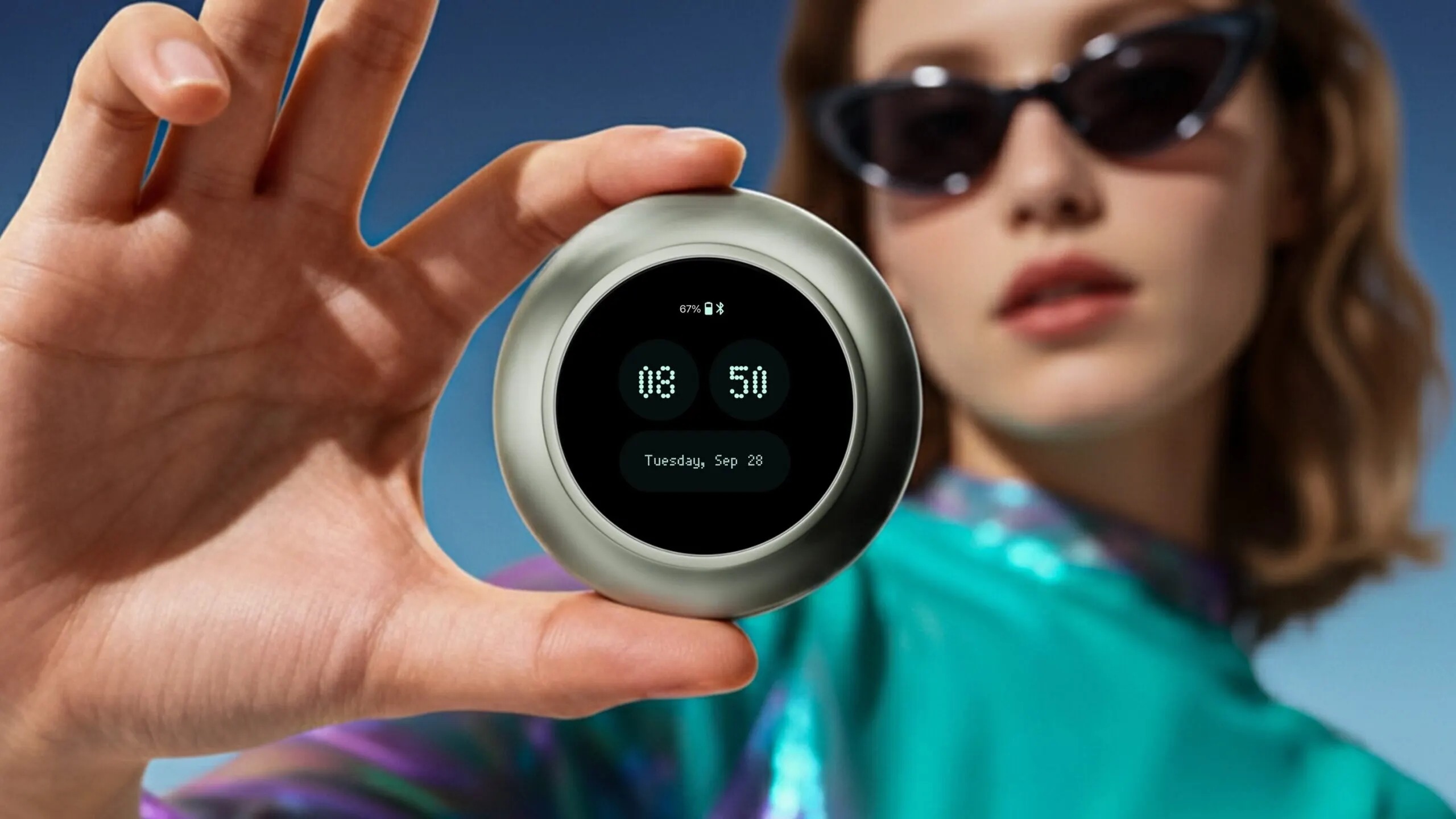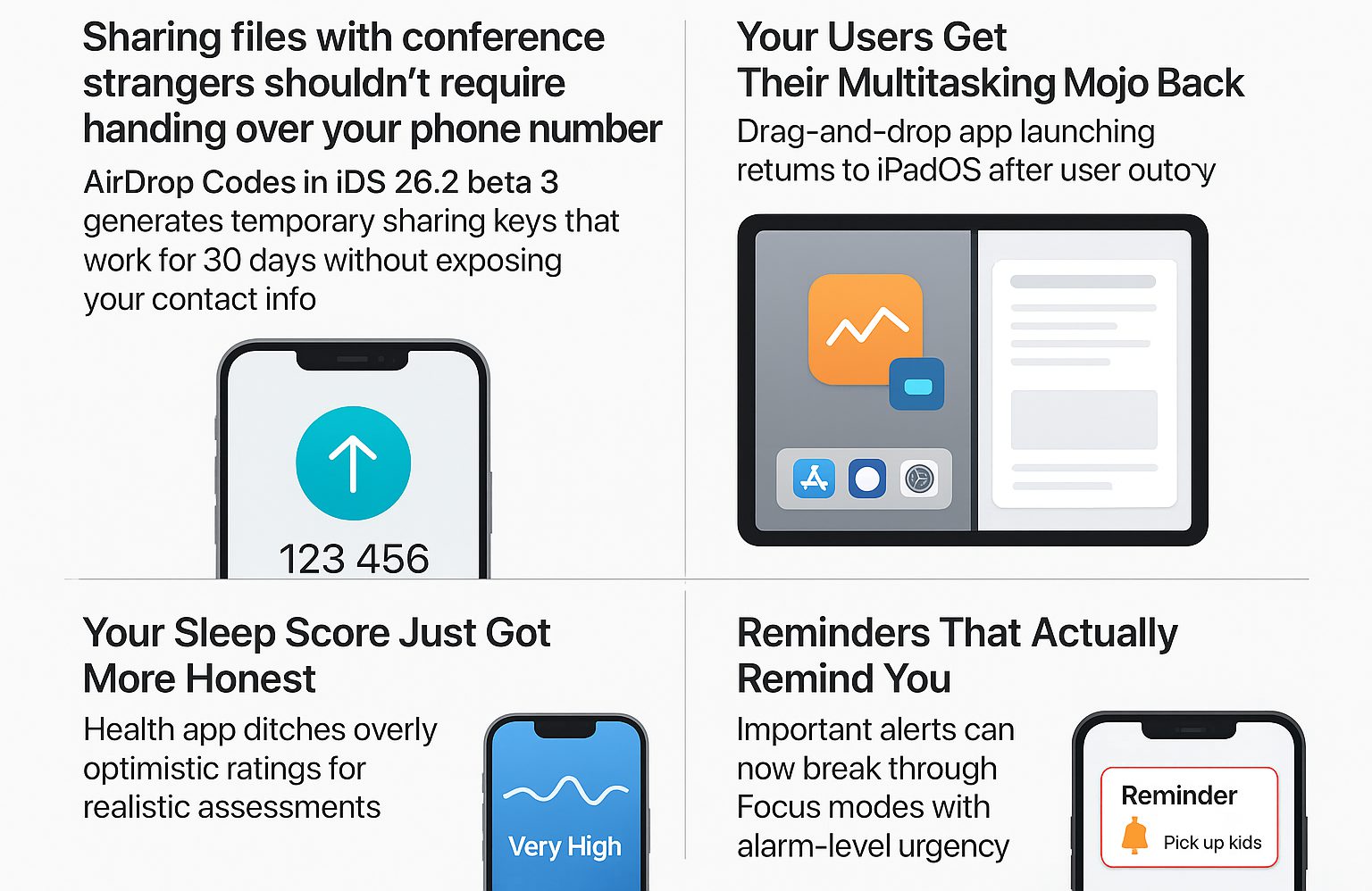Every new car rolling off assembly lines already carries the hardware to let government traffic systems override your speedometer. Vehicle-to-Everything (V2X) technology promises safer roads through constant communication between your car, other vehicles, and highway infrastructure. The same network that prevents accidents could also enforce speed limits remotely, turning every connected car into a government-monitored vehicle.
This isn’t science fiction. The European Union mandated Intelligent Speed Assistance systems in 2022, requiring new cars to alert drivers—and potentially intervene—when speed limits are exceeded. While the U.S. lags in regulation, the Department of Transportation is actively researching similar interventions. Nearly every major automaker now builds V2X functionality into new platforms, anticipating future mandates.
The Technology Is Already in Your Driveway
Modern cars ship with V2X hardware that software updates can activate remotely.
Your vehicle broadcasts its position, speed, and direction to nearby cars through Vehicle-to-Vehicle (V2V) communication. Meanwhile, Vehicle-to-Infrastructure (V2I) systems receive commands from smart traffic lights and road sensors. This network uses dedicated short-range radio and cellular 5G connections to create a real-time traffic management system.
Once most highways are V2X-equipped, centralized platforms could implement dynamic speed limits or congestion-based slowdowns by transmitting mandatory commands to each connected car.
Remote Speed Control Becomes Technically Feasible
The infrastructure for centralized highway speed management already exists and is being tested.
Traffic management systems can already send advisory messages about school zones, construction areas, or weather conditions directly to your dashboard. The leap to mandatory speed enforcement requires only regulatory approval, not new technology.
Imagine your car automatically slowing to 45 mph during rush hour congestion, regardless of the posted 65 mph limit, because a central algorithm determined optimal traffic flow. The ground technology for this scenario exists today and is being field-tested in select corridors.
Safety Gains Versus Personal Freedom
Proponents cite accident reduction while critics warn about surveillance and system vulnerabilities.
Advocates highlight compelling benefits:
- Collision warnings
- Emergency braking notifications
- Coordinated lane merging promises significant accident reductions and smoother traffic flow
Critics warn about:
- Eroding driver autonomy
- Increased vulnerability to hacking
- Expanded government surveillance of daily movement
The debate echoes earlier automotive safety mandates—seat belts, airbags, emissions controls—but with unprecedented implications for personal mobility and privacy.
What This Means for Your Next Car Purchase
U.S. implementation remains voluntary, but the infrastructure rollout accelerates regardless.
Currently, full government-mandated remote speed control isn’t operational in the U.S., but the underlying network is in staged deployment. Your next vehicle will likely include V2X capabilities that can be software-upgraded when regulations change.
The question isn’t whether this technology will become standard—it’s whether you’ll have any choice in how it’s used once it’s installed in your garage.





























